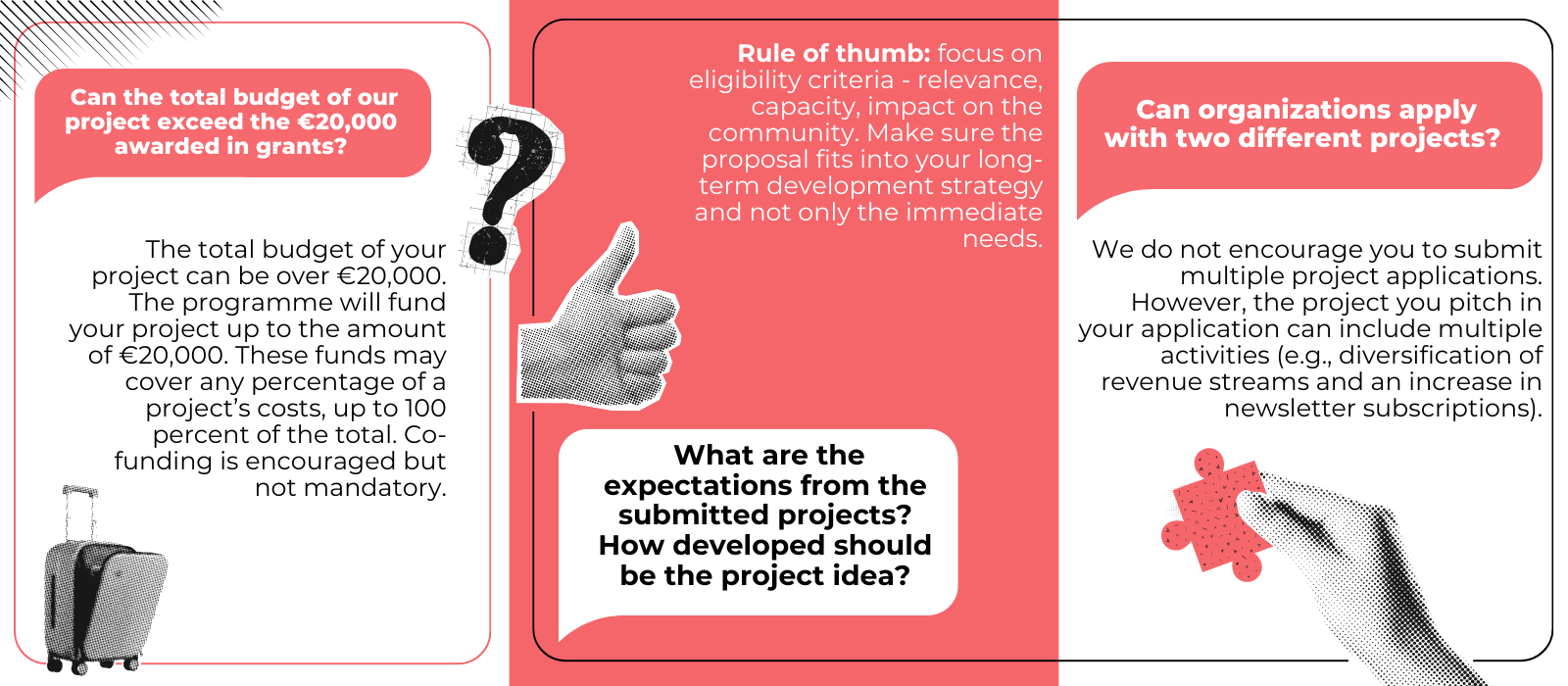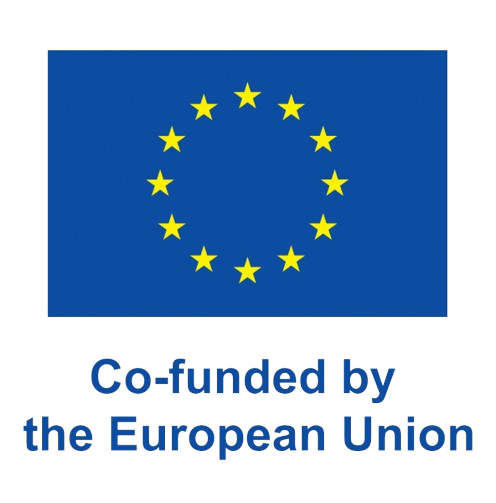This text comes from IPI’s newsletter The Outlook. Click here to sign up to receive future editions directly to your inbox.

- Check the previous newsletter introducing the approach behind the guide.
- Watch the guidebook launch by IPI and Report for the World, during the 2024 IPI World Congress and Media Innovation Festival, in Sarajevo.
Please accept cookies to access this content
IPIWoCo Media Innovation Festival – The Revenue Roadmap: An insider’s playbook to driving impact and paying for your journalism
The Challenge: A large portion of your audience might not pay for news.
How to find a new way to earn income?
Depending on your media’s niche and locality, the audience might not be willing or able to pay to access your content. Although direct reader support is one of the best ways to earn revenue, there are service-based ways to monetize your audiences, and you have the expertise to offer.
1. Content agency services: Publications can sell their expertise in writing, editing and design outside of their news organization, acting as a “content agency” to companies with which they have no other relationships. Your media can become a vendor to clients who are typically local businesses, other publications, foundations, and nonprofits to create all kinds of content (website content, visuals, blog articles, press releases, social media posts, newsletters, white papers).
2. White label services: Look into producing white label information products and services. These are written and produced by one party but with the branding and logo of a customer. It is a kind of business ghost-writing. The end product appears as though it has been produced by the customer. The material that is produced is sold to customers non-exclusively.
3. Events: Meetups, events and conferences are all occasions when segments of the public get to interact with members of the digital publication and with each other. Your news organization is the convener, which puts together the agenda and content, supplies the venue and identifies and invites the audience.
4. eCommerce items (T-shirts, books, special equipment): Get financial support and affiliation with your media by producing items that have your logo and are sold by you to your audience. These are primarily about your loyal readers and users showing association with your publication and your ideals to the outside world.
5. Ratings: Anything can be “rated” by a defined set of criteria and placed in some sort of logical order. When ratings are published by a media company, they are used to create news rather than just record it from other sources. Publishing ratings in categories where your news organization has expertise showcases this expertise to the reading and viewing public.
6. Enhanced Public Database: Data which is relatively complicated to find but which can be compiled comprehensively and analyzed is the basis for creating an Enhanced public data product. These products start with publicly available information that is reorganized, tagged, indexed against or combined with additional information from different sources into one accessible data set. Data that changes frequently and therefore needs constant updates has the most potential to attract interested audiences.
Once you find the type of service that your organization could offer, plan a strategic meeting with your team to get the value proposition, product management and pricing in place. Revenue Roadmap covers the full process, step by step.

PumaPodcasts. Revenue Roadmap: Case Studies.
The Solution: B2B consulting and publishing services as a revenue stream.
Take, for example, PumaPodcasts – a podcast production company based in the Philippines – a country with a lower level of willingness to pay for news. Media organizations in similar contexts need to be creative in finding new ways to generate revenue.
PumaPodcasts has walked that path. Consulting was part of the business model from the start, according to Executive Editor Roby Alampay. In his words, the team “over-capacitated and then sold that capacity”, producing podcasts for other media organizations, foundations and companies, as well as offering training.
Alampay’s team was able to do this because of a clear strategy to focus on high production levels at an early stage.
Next Step Forward
Depending on your context and market, the other option could be using your expertise in the topic and/or the audience you cover. This might be a B2B publication offering consulting services to clients within their industry, or a niche media organization sharing their expertise and knowledge of their audience (of course, when using their general data for consultancies, news organizations should be transparent with their audience).
Consider whether there are people beyond your core audience who would benefit from your expertise. Maybe start by sending a survey or running a focus group with a few of your current clients or advertisers to learn more about their needs.
 Stay tuned for this special Revenue Roadmap series, bi-weekly in your inbox!
Stay tuned for this special Revenue Roadmap series, bi-weekly in your inbox!
Get the full guide and let us know what you think.
Innovation Deck
Join our Local News and Innovation Network!


We invite you to join our Local News and Innovation Network, a dedicated space curated and moderated by IPI’s Media Innovation team, where we share events, funding opportunities and more with over 250 media innovators looking to get peer support, exchange know-how, and find like-minded partners.
Apply to Transition Accelerator

Did you miss the Media Innovation info sessions for the Transition Accelerator Open Call? We have updated the FAQ for you! These are the top questions applicants should note:

Other opportunities:
 IFJ launches new dedicated fund to support public interest media in Palestine
IFJ launches new dedicated fund to support public interest media in Palestine
The International Federation of Journalists (IFJ) will launch a new fund on August 1st, providing $1 million in critical financial support to media organisations across Palestine. Created to sustain and enhance public interest journalism, the mission of the fund is also to protect the future of the media sector as the conflict in the region continues.
IFCN’s $12 mln Global Fact Check Fund open for applications: |
Fellowships support AI accountability stories: |
Grants available for documenting Russia-Ukraine war: |
Local cross-border investigative journalism grants available: |
|---|---|---|---|
 Worldwide Worldwide
Deadline: September 3, 2024 |
 Worldwide Worldwide
Deadline: August 10, 2024 |
 Ukraine Ukraine
Deadline: August 19, 2024 |
 Europe Europe
Deadline: September 26, 2024 |
Share your thoughts, reach out to the Media Innovation team and help us shape our media support programmes!
Say hi – innovation@ipi.media.




